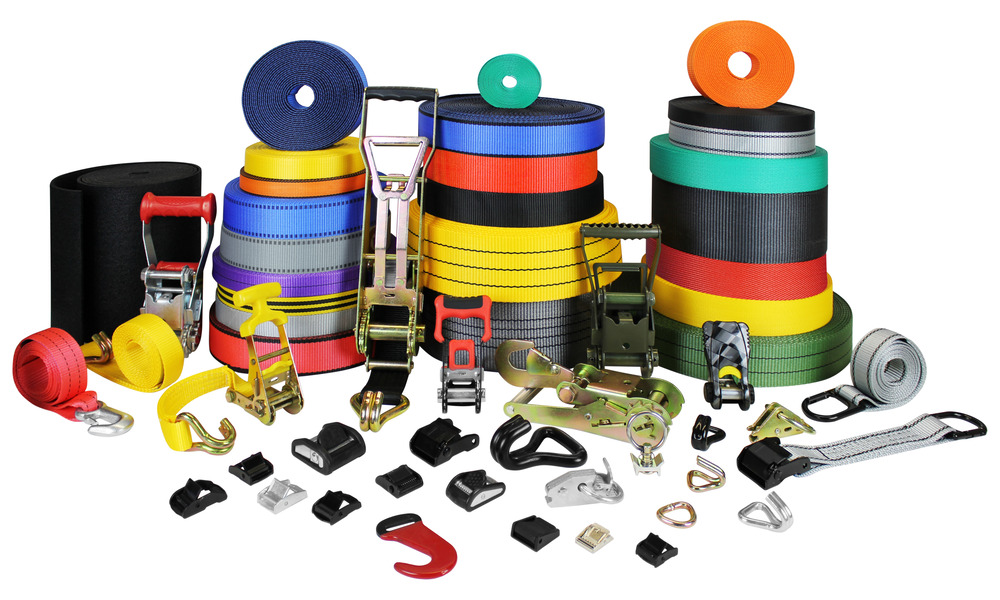ATVs (all-terrain vehicles) are among America’s favorite outdoor toys. We love these vehicles because they are so versatile. They can be utilized just about anywhere; they can go places off-limits to cars and trucks; they can be used for both work and play.
Interestingly enough, one of the ATV owners’ most critical accessories is the cam strap. And it is just as versatile as the ATV itself.
What is the cam strap? The Rollercam brand is the perfect example for explaining the cam strap principle. The cam strap is a tie-down strap featuring nylon webbing material and a cam buckle through which the open end of the strap is threaded. Pull the strap tightly to keep cargo in place.
Rollercam.com’s product utilizes a patented cam buckle that reduces friction between strap and buckle. This makes pulling the strap tight easier. You get more force with less effort compared to other types of straps.

Securing ATVs in Trucks
ATV owners tend to use cam straps for a variety of purposes. At the top of the list is securing an ATV inside the bed of a pickup or on a utility trailer. Cam straps are appropriate for the task as long as an ATV is contained by walls. You hook the strap to an anchor point on the truck bed or trailer, thread it through the buckle, and pull tightly.
On the back of a flatbed or a trailer with no sides, ratchet straps are probably a better option. Although cam straps would likely do the job, ratchet straps are designed for heavier loads. It is just better if there are no walls to contain the ATV.
Also Read: How To Style White Sarees : A Basic Guide
Securing Cargo to an ATV
Cam straps are extremely handy for securing cargo to ATVs. Whether it is a deer strapped to the front during hunting season or camping gear tied down to a frame on the back of an ATV, cam straps do the job easily and efficiently.
Here are some best practices for safely using cam straps for cargo securement:
- Know Your Weight – Cargo securement straps are rated for load. Load is determined by the weight of the cargo being secured. It is important to know this so that you use the right straps for the job.
- Load Stability – It’s a good idea to position the cargo in such a way as to make it as stable as possible before tying down. A stable load is less likely to shift during transit. Your cam straps will do a better job of keeping it in place.
- Choose Anchors Wisely – Securing cargo to an ATV requires finding good anchor points. It is best to choose something solid. If possible, it should be a metal piece. Avoid anchoring cargo to a plastic body part as it could snap under stress.
- Tighten Carefully – When tightening cam straps down, don’t pull so hard as to put too much stress on the anchor point. This is where cam straps with rotating cams come in handy. You get a lot more control over how tight a strap is.
Also Read: Wet n Wild MegaGlo Highlighting Powder Blossom Glow – Review & Swatches
Anyone who uses cam straps should inspect them thoroughly before deployment. Look for worm webbing material, any cuts or breaks, and any possible malfunctions in the buckles. Damaged straps should not be used.
Thanks to cam straps, securing cargo to an ATV is pretty straightforward. Cam straps are as versatile as ATVs and just as rugged to boot. They are easier to use and capable of withstanding a lot of punishment. It’s no wonder so many ATV owners have ditched ropes and bungee cords in favor of strong, reliable cam straps.



